
How we ship code, delight customers, and build a team where engineers flourish. The Overflow blog covers all the latest work and learnings from Buffer’s engineering team.


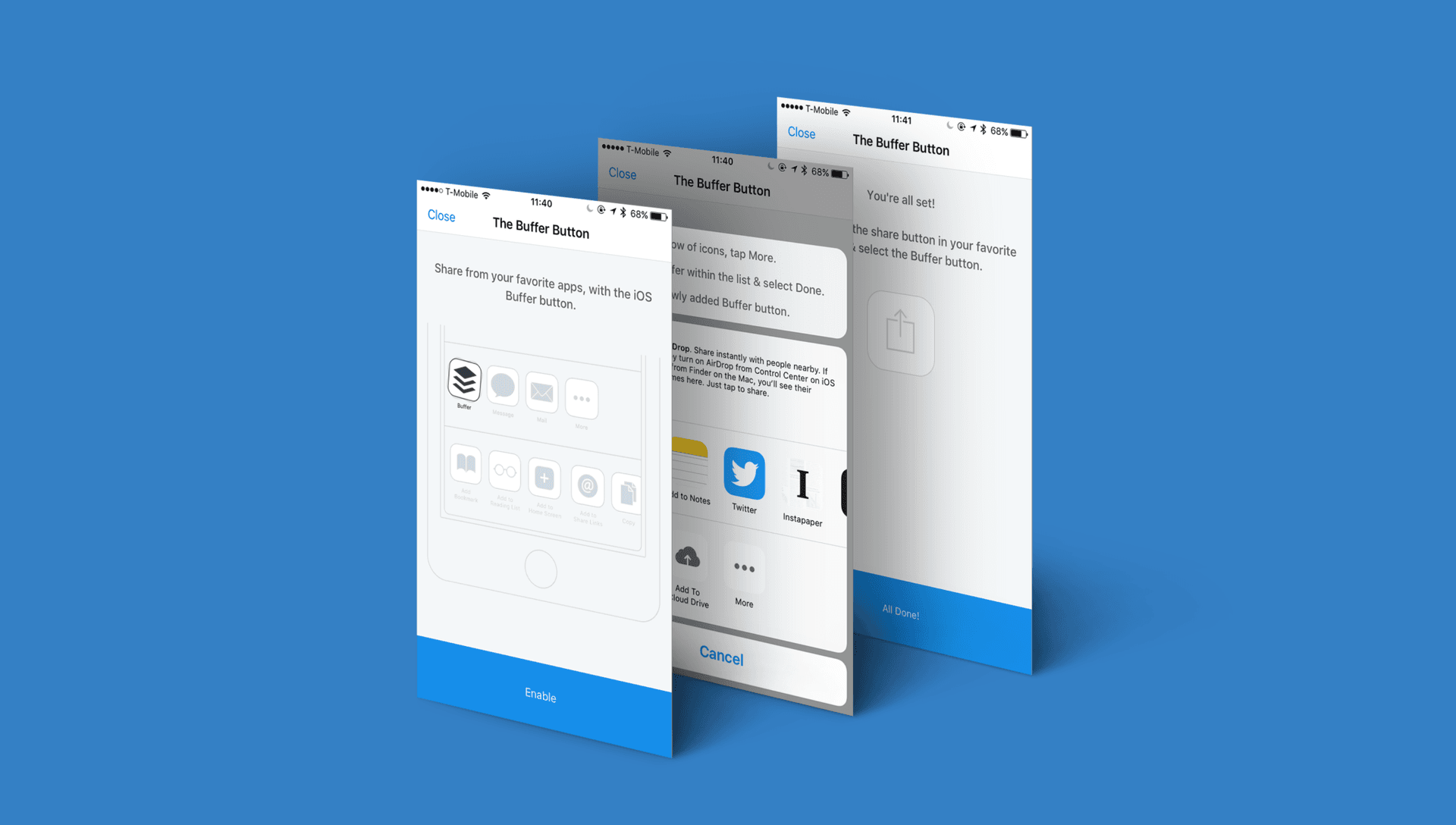

- Topic
- Overflow
- Published
Reading time5 minute read

- Published
Reading time17 minute read

- Topic
- Overflow
- Published
Reading time15 minute read

- Topic
- Overflow
- Published
Reading time5 minute read
- Topic
- Overflow
- Published
Reading time4 minute read
- Topic
- Overflow
- Published
Reading time8 minute read
- Published
Reading time8 minute read
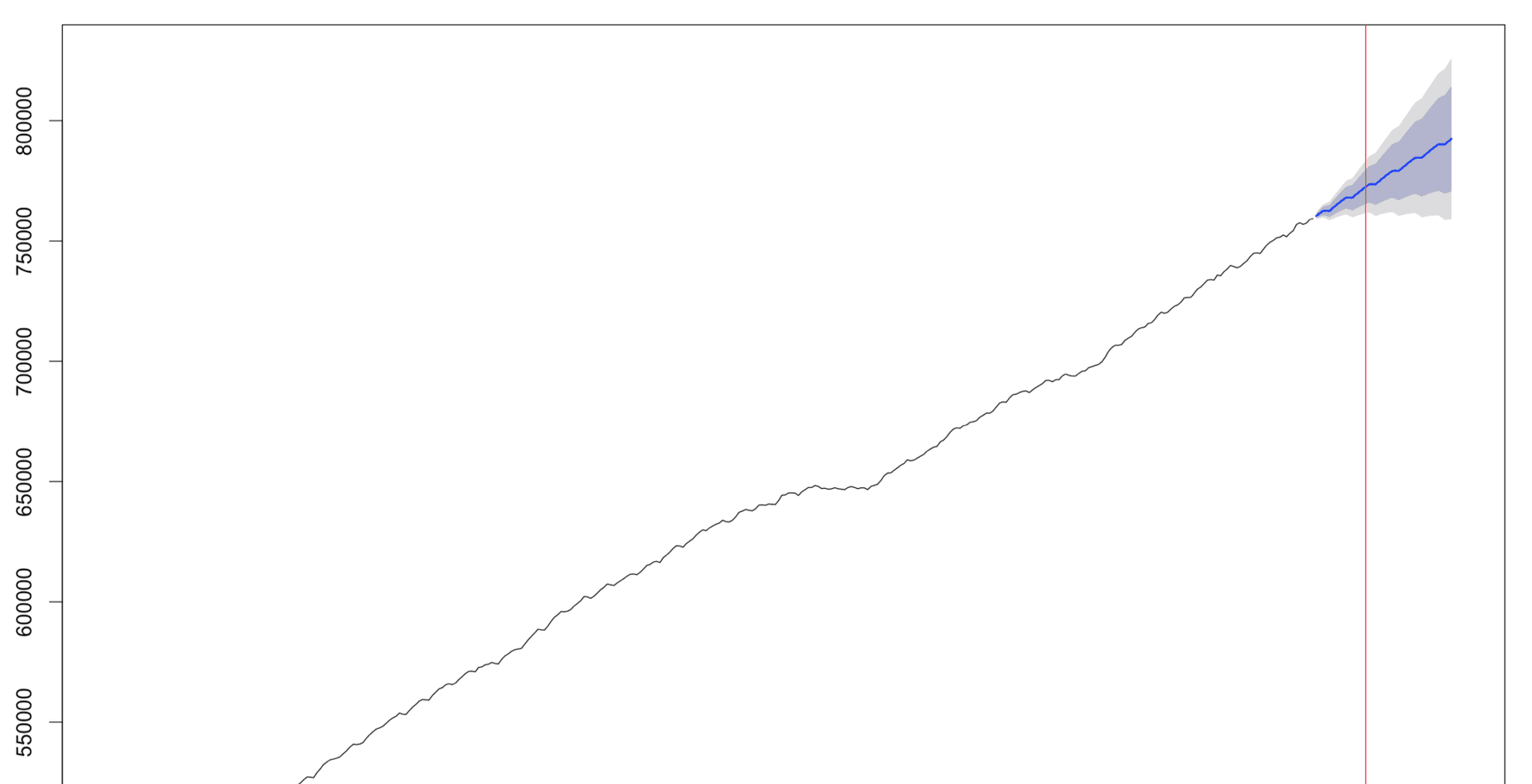
- Topic
- Overflow
- Published
Reading time4 minute read
- Published
Reading time6 minute read
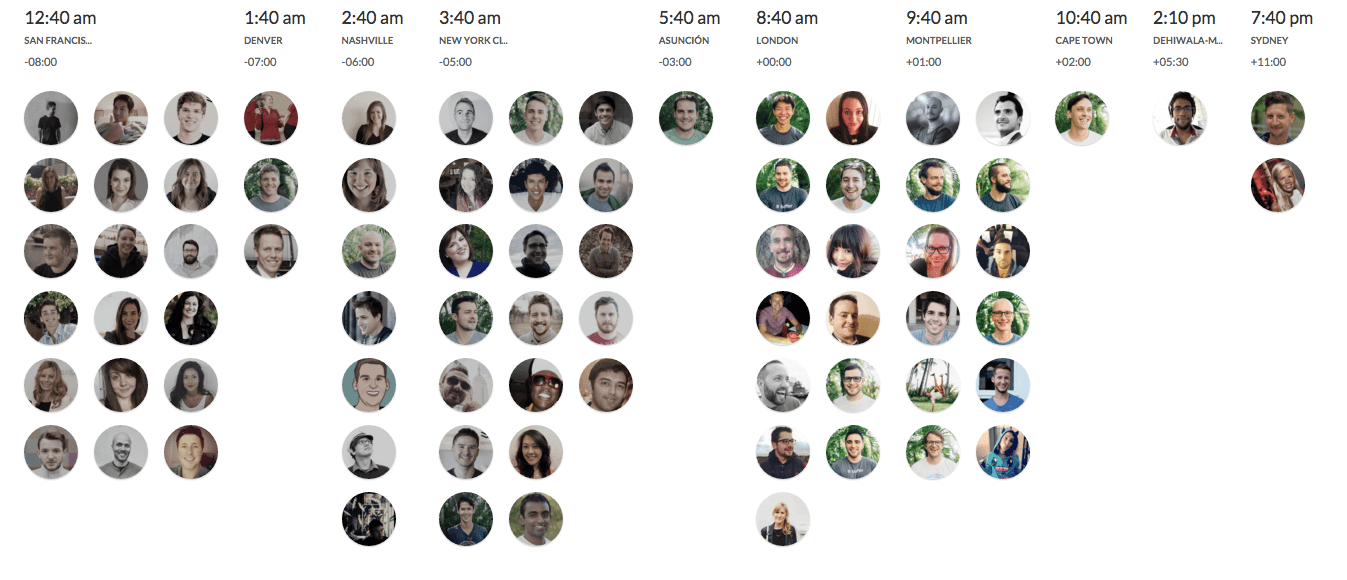
- Published
Reading time7 minute read
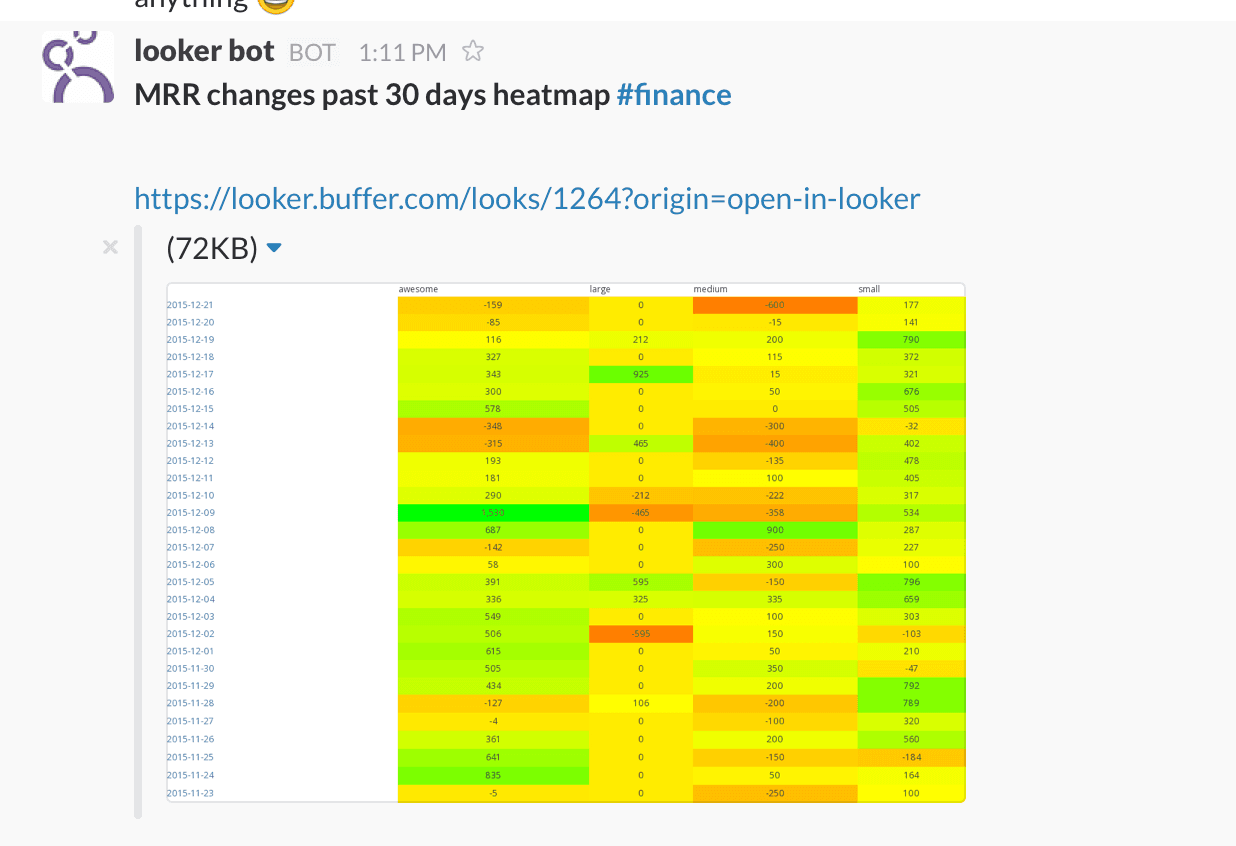
- Published
Reading time7 minute read
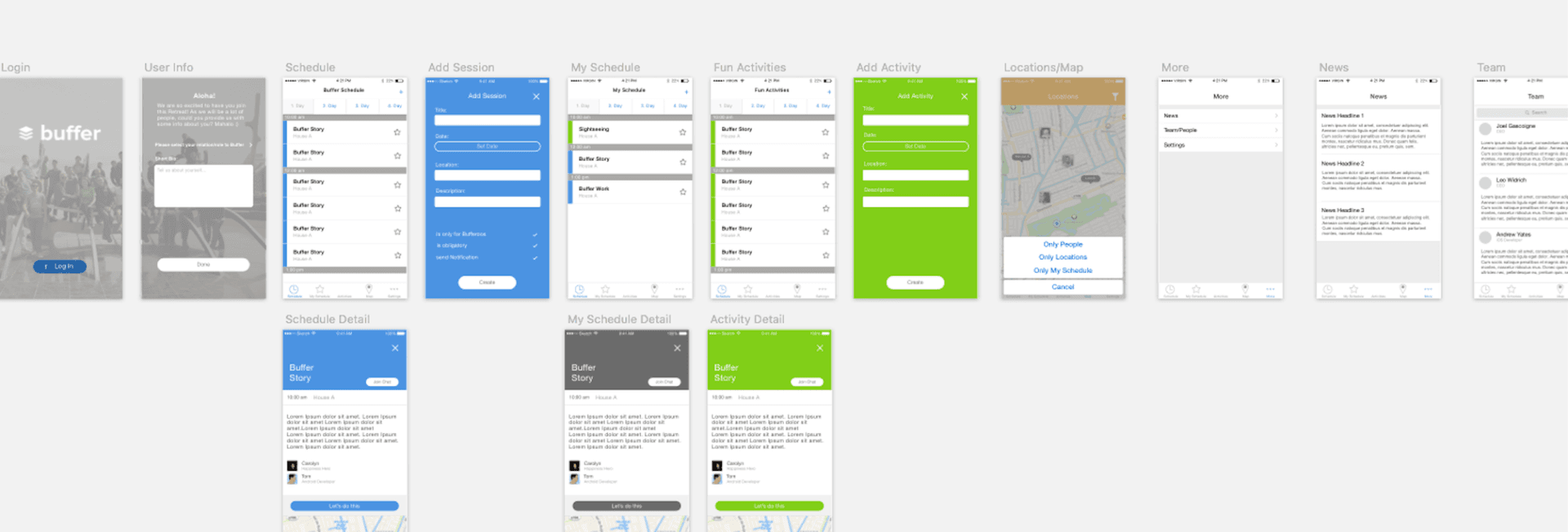
- Topic
- Overflow
- Published
Reading time9 minute read
- Topic
- Overflow
- Published
Reading time7 minute read
- Topic
- Overflow
- Published
Reading time6 minute read

- Published
Reading time8 minute read
- Published
Reading time3 minute read
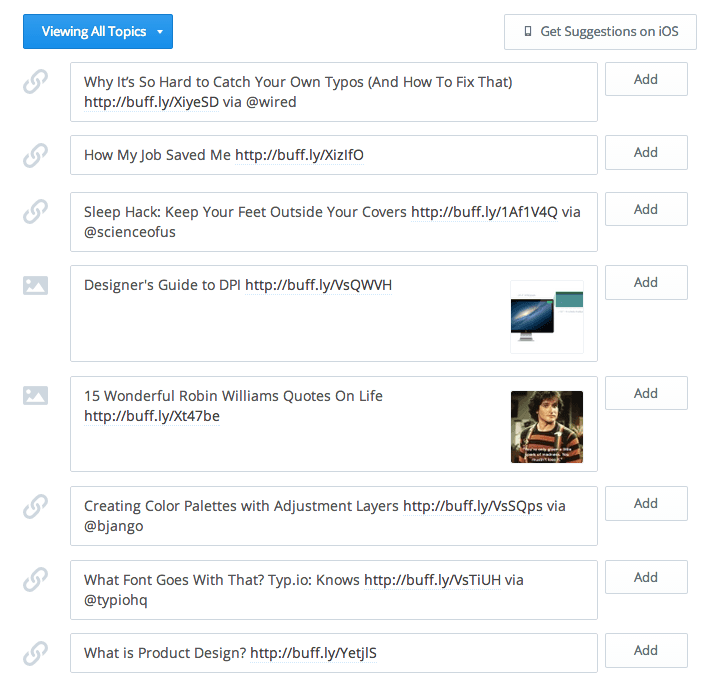
- Published
Reading time5 minute read
- Published
Reading time9 minute read